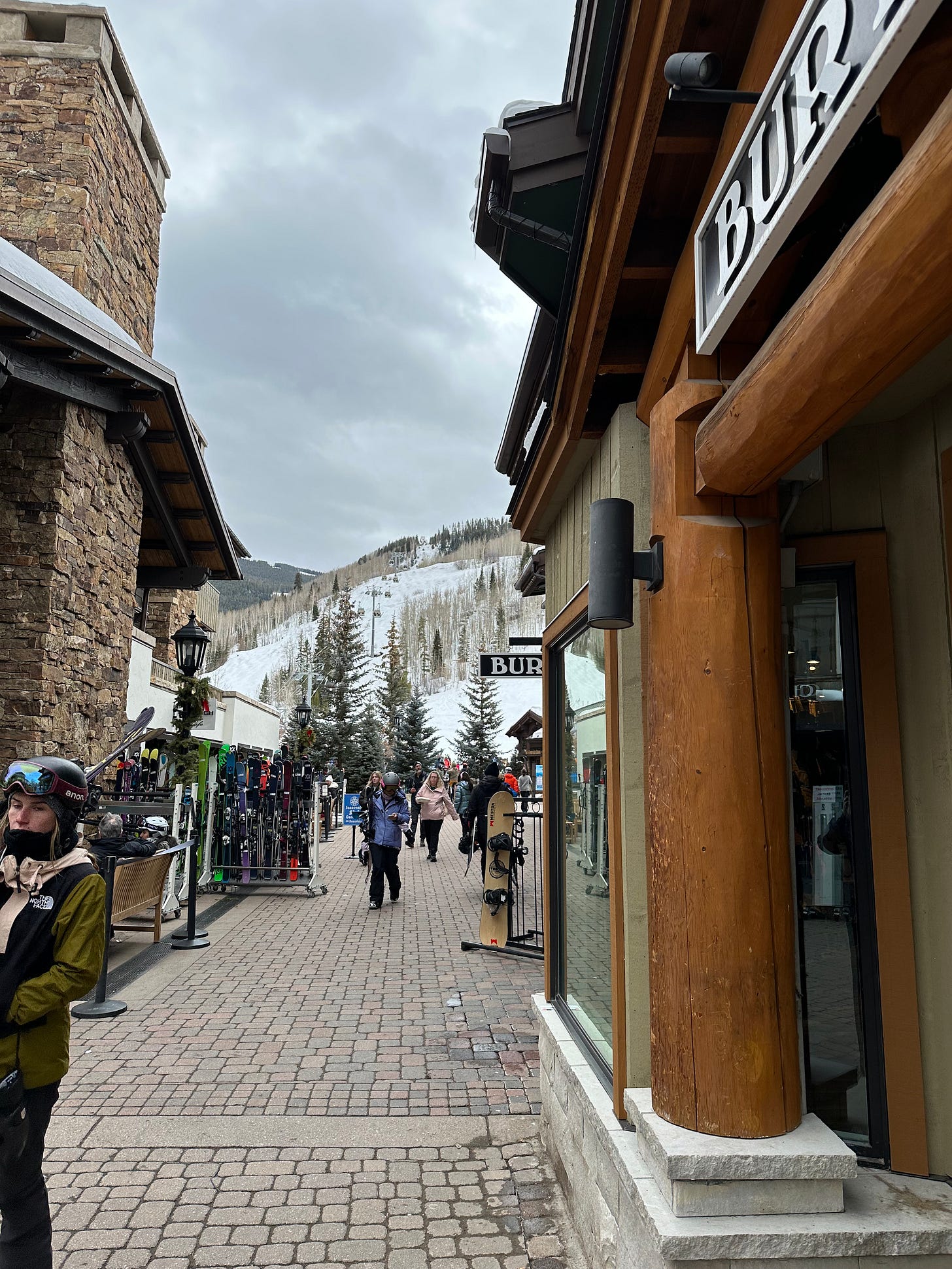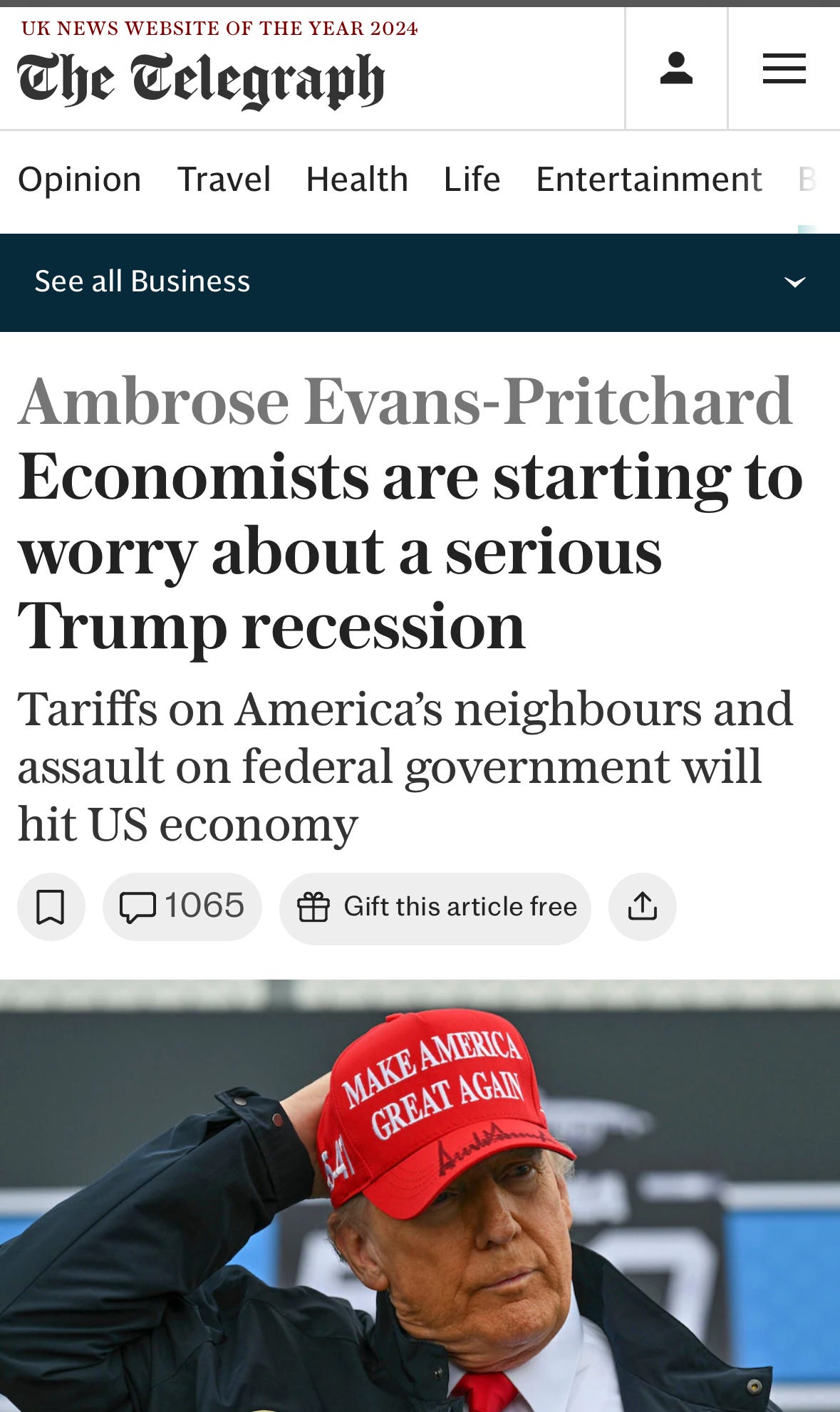Here's Why Donald Trump is to Blame for Inflation and Joe Biden Was Not
A quick note about how policies set expectations.
Does this headline seem unfair? I swear it isn’t (OK, it’s a little unfair and also troll-y). I promised you a few quick Jackals - Quackals - and this is one of them. Buckle up for some fast inflation talk.
Before we begin, I will start with the disclaimer that I use whenever I write about financial/money/dollar stuff: I am not an economist and you should probably distrust me. In general, I am skeptical of math overall and think it was mostly a trick sent by the Dark Lord™ to confuse us. Things I trust more than math:
Magic
Tacos
The letter Z
Bob Saget
An illiterate banana
That said, I know a thing or two about logic. I did, after all, have a pretty good teacher, so let’s break it down.
Inflation is sticky. As I wrote last week, it came in higher than expected last month, showing a 3% increase over the prior year. That is about 1% higher than the Federal Reserve’s target. You see, we always want there to be a little bit of inflation, because it motivates people to spend rather than save. Spending boosts the economy, which should - in theory - get better and elevate people’s wages higher than the rate of inflation.
That’s the goal, but it doesn’t always work out. Somewhat famously, Barack Obama’s presidency benefited from consistently low inflation…but also consistently low wages. What happened under Biden and what is now happening under Trump is obviously different. It gets deeper than that, but keep this definition in your mind; we’ll come back to it later.
Let’s get into the recent economic reports. This month, consumer confidence suffered its biggest drop since August 2021, when inflation under Biden began to tick up. Consumers are worried about a lot of things, but potential inflation in the future is one of them. This gets missed in the Press a lot, but when people expect there to be more inflation, more inflation can follow. Here is an important chart that helps explain what went into the inflation surge:
The accompanying article is important too, because it lays out how government spending following the pandemic was the biggest contributor to inflation. But inflation expectations were the second-biggest single cause!
That brings us back to Donald Trump: We have seen prices begin to jump again, in everything from eggs to coffee to energy. What is naturally happening is that companies that are expecting tariffs to increase their own prices are already passing those prices back onto the consumer.
These price increases are happening outside of what was happening in 2021-2023, which was a huge increase in global inflation. The chart above is important to go back to, because it shows that government spending on its own is not the cause of inflation.1 Sometimes, there is nothing you can do about it, because there are a lot of other outside factors.
Right now, there is definitely something we can do about it, which is cancel all the tariffs. But that’s obviously not going to happen.
Biden obviously took a lot of the blame for inflation in the U.S., the same as every other incumbent in the world last year. In 2024, every incumbent Party lost seats in their elections, whether they were conservative (see: The Tories) or liberal (see: The Democrats). That is the first time that’s happened in modern history. Wild.
But (and this has been a repeated refrain from the Jackal), the U.S. handled inflation much better than other countries:
In a global inflation crisis, we saw prices spike rapidly and the U.S. was able to not only reduce our rate of inflation faster than anyone else, we even got it lower than countries who started out doing better than us, like Japan.
Faced with an economy that was beaten to a pulp after the pandemic, Biden engaged in deficit spending just like every other country in the West to try and bring the U.S. out of a recession. It seems obvious that a lot of that global spending mixed with pent-up demand and then created an inflationary crisis. I’m not an economist (see the footnote for people who disagree), but it seems fair to say.
But, do we see the same amount of inflation if the U.S. spends zero dollars? Actually, yes, that could have definitely happened, because it happened in other countries (Brazil)! But let’s say the U.S. doesn’t spend any money after the pandemic and we see low inflation. Does our economy recover nearly as well? Definitely not.
How do we know this? Because the Biden economy saw increased wages that first started outpacing inflation in 2022. Yes, inflation is bad, but higher wages is always what you want to see.
So, faced with a global crisis, Biden brought the U.S. out of a recession and then dealt with the resulting inflation with an almost ideal policy solution. But what’s happening with Trump is that he is creating his own inflation crisis, and it is making economic prospects worse:
Here is the bottom line: When you have a President whose policies are explicitly inflationary (tariffs and tax cuts for the wealthy), then you are going to watch companies react and prepare themselves for inflation. Then, consumers are going to follow. Think back to the chart above: Inflation expectations on their own were the second biggest driver of inflation.
Joe Biden had an inflation crisis fall into his lap. Donald Trump is creating one all on his own.
More Jackals are coming but things are crazy, so it’s going to be fast and loose.
Other researchers disagree with the folks at MIT. The Federal Reserve itself says government spending was responsible for only about a third of the inflation seen by the U.S. (the most widely accepted consensus) and Brookings said the overwhelming majority of inflation was caused by supply chain disruptions. I picked the MIT one because it’s the most unfavorable to the Biden Administration.






